Question Number 182360 by Rasheed.Sindhi last updated on 08/Dec/22

Commented by mr W last updated on 08/Dec/22
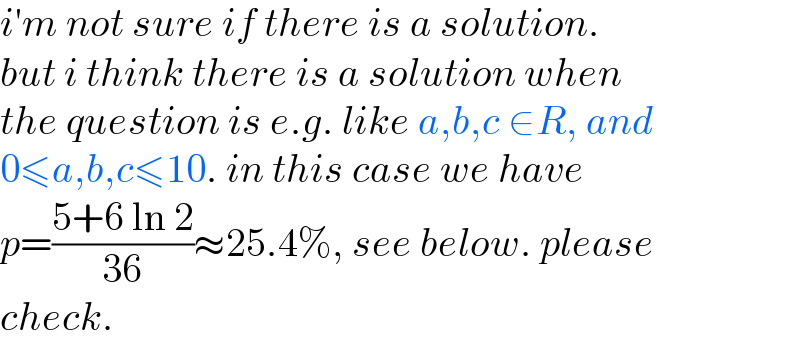
Commented by mr W last updated on 08/Dec/22

Commented by Rasheed.Sindhi last updated on 09/Dec/22
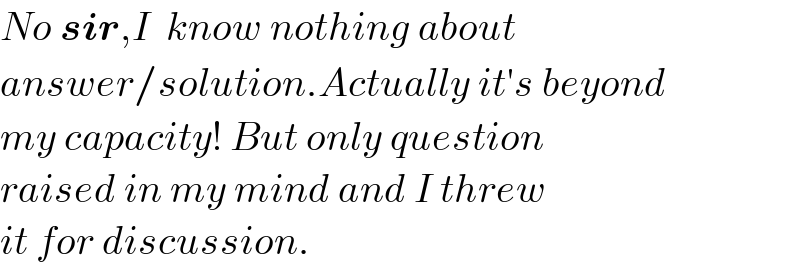
Commented by mr W last updated on 09/Dec/22
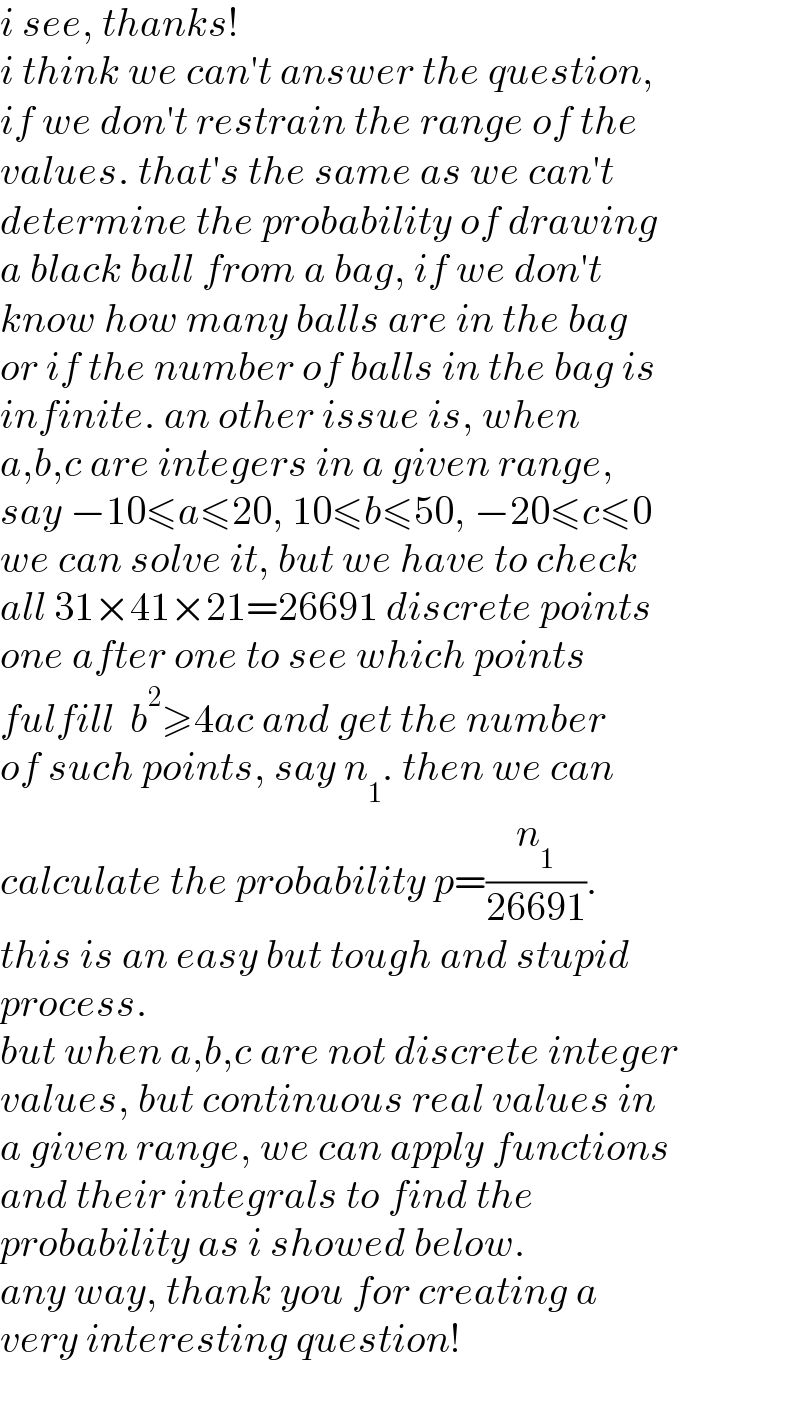
Commented by Rasheed.Sindhi last updated on 09/Dec/22

Answered by mr W last updated on 09/Dec/22
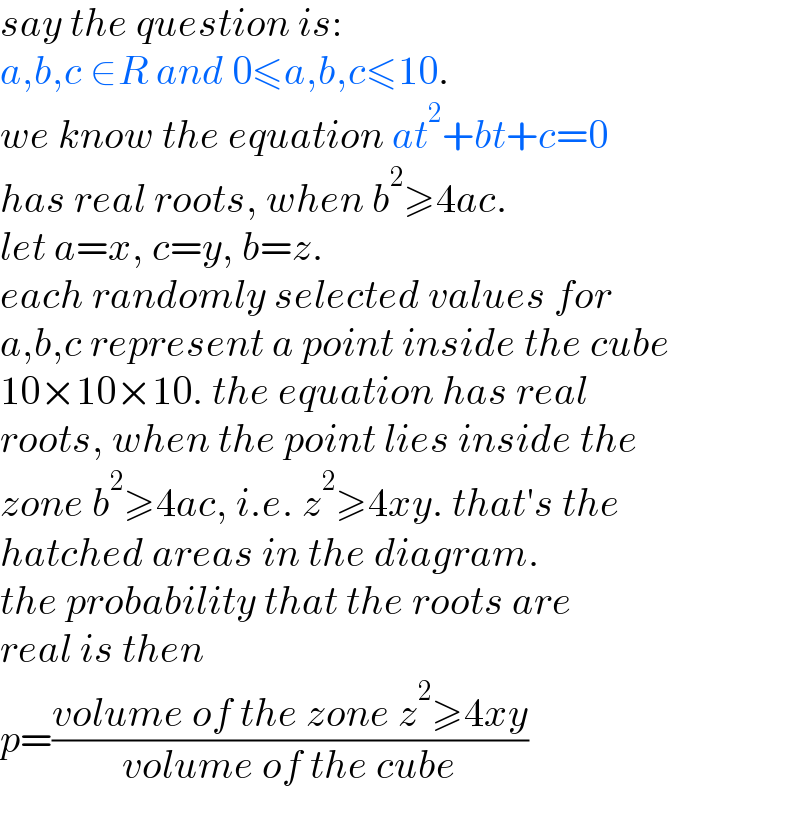
Commented by mr W last updated on 08/Dec/22

Commented by mr W last updated on 08/Dec/22
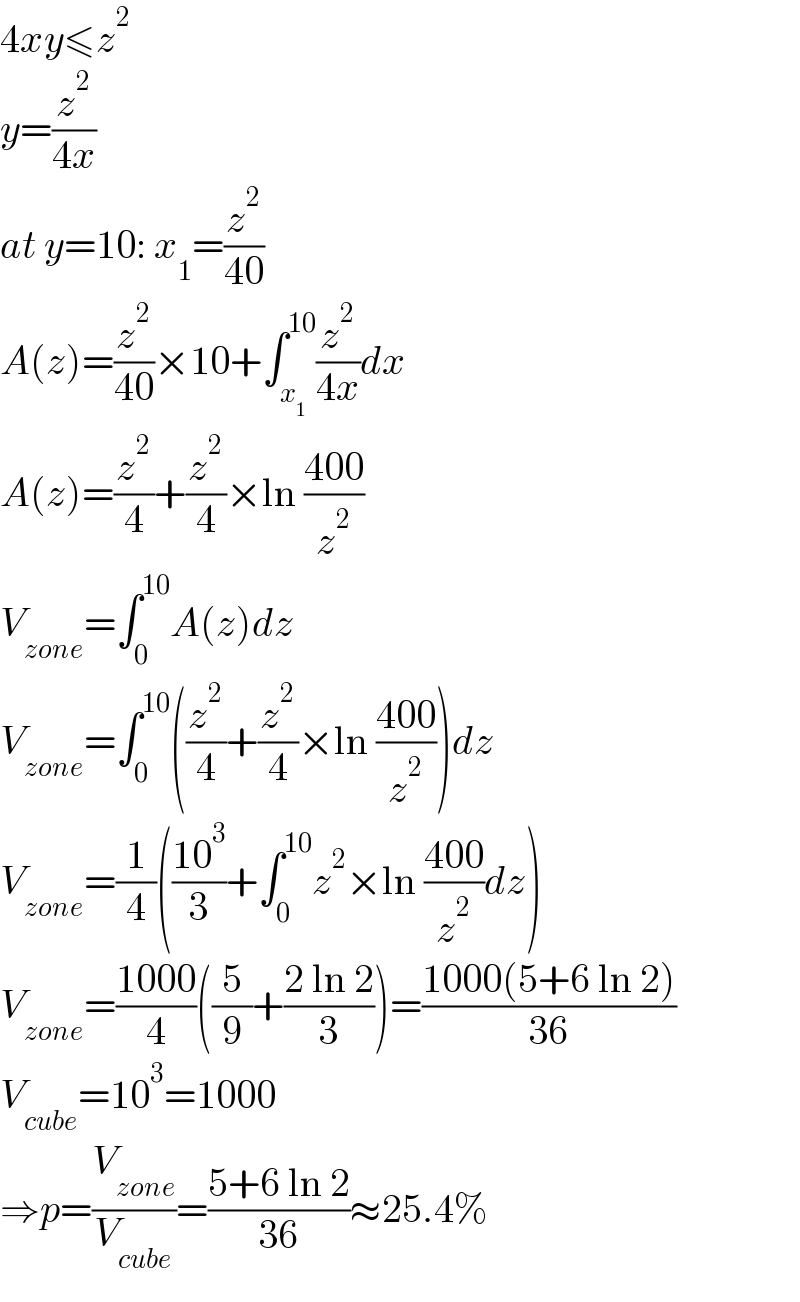
Commented by mr W last updated on 09/Dec/22

